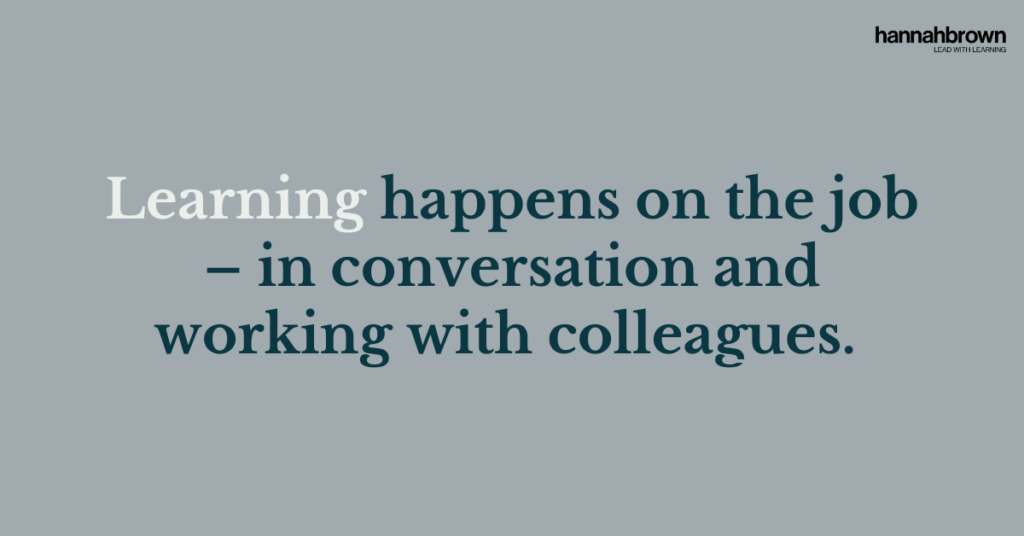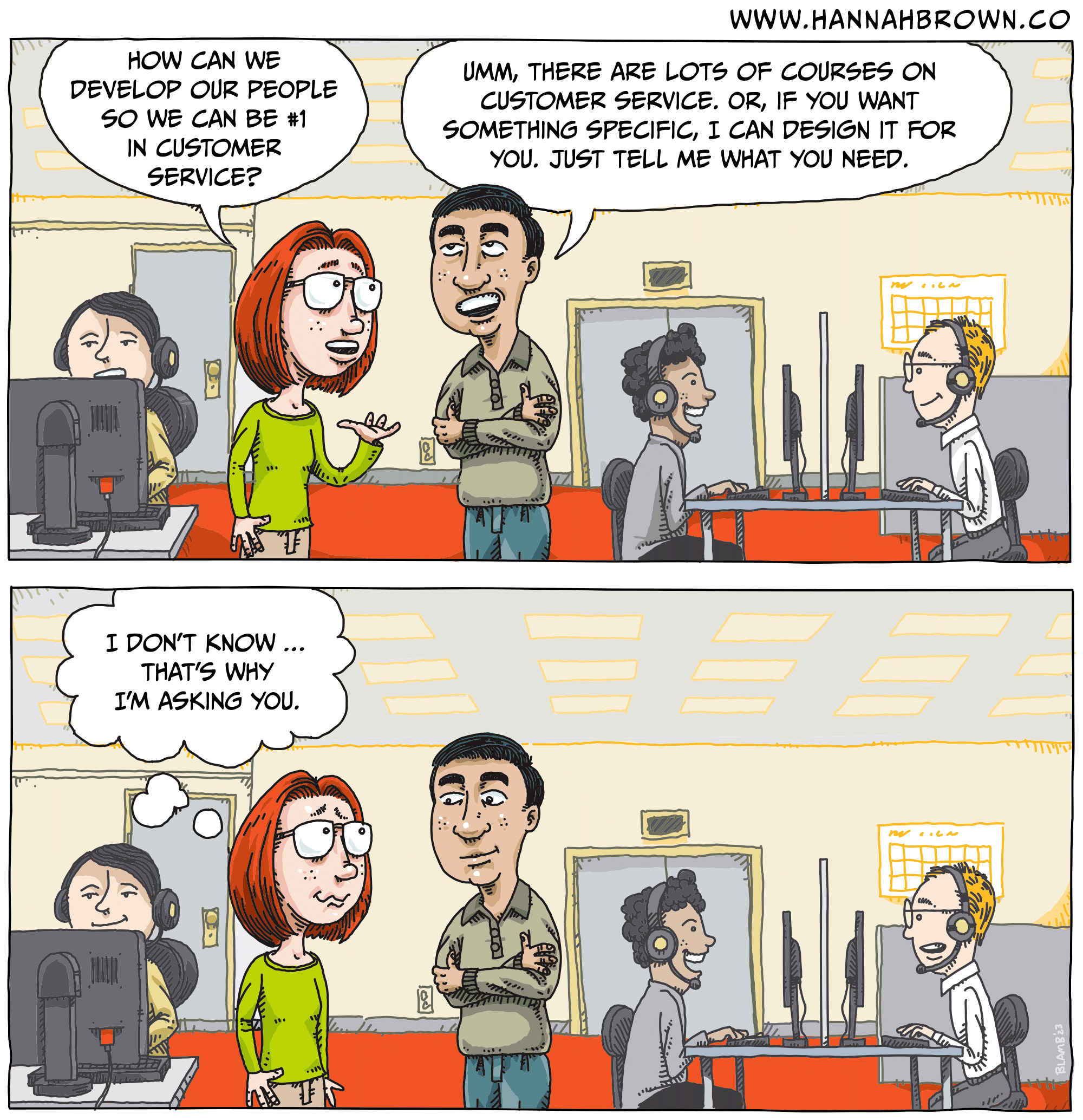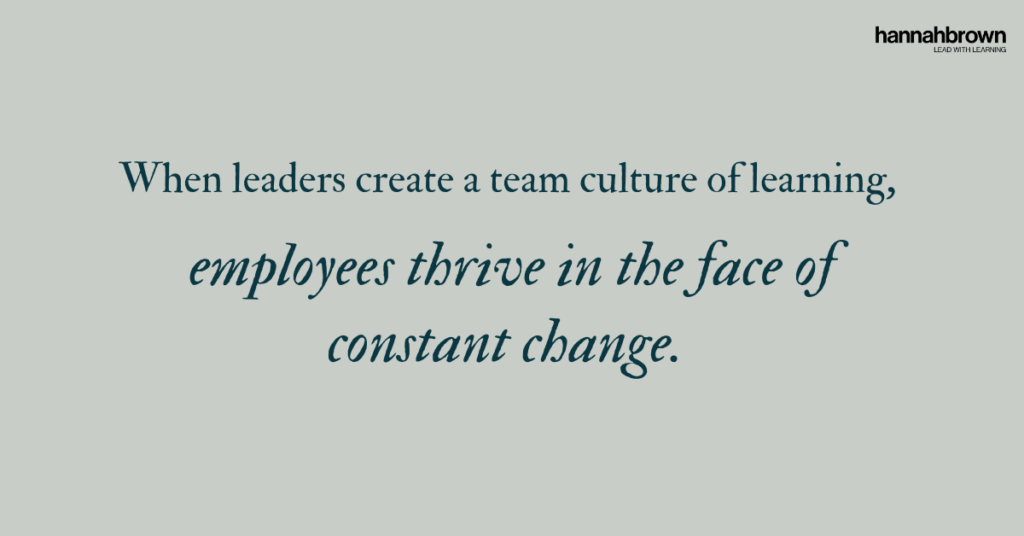Why Traditional Training Programs Aren’t Enough

Despite the time and resources invested, many traditional training programs fall short. There are many reasons – they often deliver generic content that isn’t tailored to the unique needs of employees, it takes too much time to move from initial idea through design and into implementation, and it doesn’t provide enough practice to apply new concepts and skills. The result? Low engagement and even lower retention of new skills. As leaders in HR and L&D, we need to shift our focus from offering formal training courses to helping leaders create learning environments where development and growth are integrated into the flow of work. Learning becomes targeted, real-time and is guaranteed to be practical.
Leaders must be equipped to coach and develop their teams and incorporate learning into everyday conversations and work. To truly make an impact, HR must focus on supporting leaders to embed learning in the team’s culture rather than relying solely on formal courses.
Partner with L&D, but not exclusively

Leaders need to take responsibility for leading their employees’ learning and growth. Too often, leaders solely look to HR and L&D to provide training to develop their people. Leaders need to step up and have an active role in their employees’ learning.
When researching my book, Into the Hands of Leaders: Employee Growth through Learning, I interviewed several leaders about their experience coaching and developing their employees. Mary1 talked about the role of the leader and the HR department. She described that her role was to identify the challenge or opportunity. They have subject matter expertise and can help shape the development plans for her employees. It’s not HR’s job to identify performance or growth.
So yes, leaders can work with L&D and ask for help in developing their people to be #1 in customer service. But the leader needs to be an active participant. They need to come to the table with a sense of responsibility, some ideas for learning and growth and recognize they have an important role to play – that learning and growth isn’t just about training courses.
Building Resilient Teams through a Culture of Learning

We live, work and learn in a world of constant change. There are articles, research and social media posts about how resilient teams are the backbone of thriving organizations. And it’s true. Let’s be clear, though: resilience isn’t just about bouncing back from challenges. It’s about adapting, evolving, and coming out stronger. One of the most effective ways to build resilient teams is by fostering a team culture of continuous learning.
When leaders embed learning into their team’s DNA, employees feel empowered to take risks, learn from mistakes, and innovate. As an executive leader, you have the unique ability to shape this culture by encouraging open communication, supporting experimentation, and celebrating growth. Resilient teams don’t just survive, they drive the organization forward.
In case you missed it
I’ve shared some additional posts online. Here they are, in case you missed them.
- Happy New Year! (video link)
- Grateful for my amazing admin team! (video link)
- Leadership in Focus: Prioritizing Growth and Connection (video link)
- How to embed learning and growth into everyday conversations? (video link)
